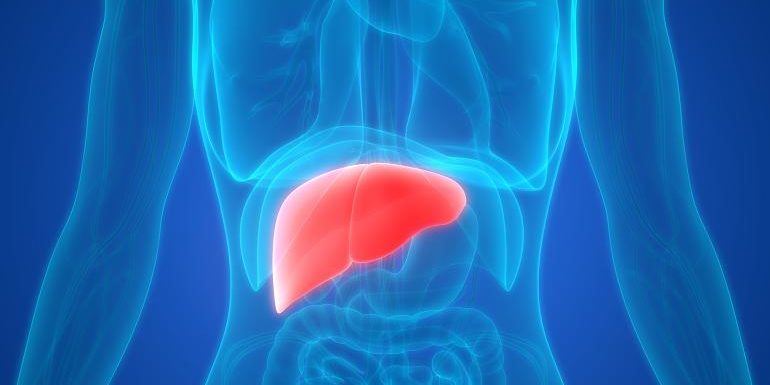Non-alcoholic fatty liver disease (NAFLD) is a growing medical issue. Intake of processed food and medication, together with occurrence of diabetes and obesity are all rising, according to the American Liver Foundation. Liver health is set to become a great concern of the modern age, presenting opportunities for nutraceutical development.
Most products on the market are still commodity herbals with little or no clinical or bioavailability data. This is problematic since most solutions addressing liver issues use milk thistle extract: its major active component, silybin, has poor bioavailability. Some manufacturers settle for a mix of different herbals renowned for their traditional use against liver issues, ignoring which parts of the plant should be used and possible cross-interactions between the substances.
Solutions are commonly positioned as “liver detox,” however, no randomized controlled trials have been conducted to assess the effectiveness of commercial detox diets in humans.1
Hepatic health is one of the categories where the gap between demand and availability of innovative solutions is surprising. Despite increasing consumer attention, the market has a lack of high-quality nutraceutical solutions. Importantly, almost no solutions address children directly. This could be due to the less known fact that NAFLD affects children just as frequently as adults.
NAFLD is a common disorder referring to a group of conditions where abnormal hepatic metabolism of fatty acids leads to accumulation of excess fat in the liver, without significant alcohol intake, viral infection or any other specific aetiology susceptible to cause liver disease.
Its development begins with lipid deposition and progresses to involve oxidative stress, inflammation and fibrosis. Non-alcoholic steatohepatitis (NASH) is a more severe form of NAFLD, for which fat accumulation is accompanied by inflammation, fibrosis, scarring of the liver and subsequent loss of function. If left untreated, this can lead to irreversible cirrhosis and ultimately liver failure, or develop into hepatocellular carcinoma, the most common type of liver cancer.
Between 30 and 40 percent of adults in the United States have NAFLD, and 3 to 12 percent of adults in the United States have NASH.2 Researchers estimate that close to 10 percent of U.S. children ages 2 to 19 have NAFLD.3
NAFLD patients rarely show symptoms. No medicines have been approved to treat NAFLD and NASH; patients are typically recommended to follow a strict diet, lose weight and are prescribed diabetes drugs or statins, intended to treat the accompanying effects on insulin metabolism or cardiovascular system.
Read The Full Article HERE





